One of a Kind
I've seen a number of unique things over the past few weeks
Each of these photos is of a unique enough subject for me to consider them "one-of-a-kind" for one reason or another. I'll begin with a photo I took of a female Red-winged Blackbird. I took this on the same morning that I shot the many photos of the Wilson's Snipe you may remember from an earlier post. The Blackbird herself is not so unique at the Wetlands, but what she found to eat was.
If you look closely, you can see that she found some kind of centipede. I was surprised to see a centipede in this environment, much less to see this bird snacking on it.
Another earlier post featured many looks at a Common Yellow Throat as it moved around shallow water near some reeds at the end of an urban Tucson lake. I had gone to that site to try to find a reported Swamp Sparrow. Its name lets you know this is a bird generally found in wetlands and is seen across the eastern half of North America. During the winter, some Swamp Sparrows do make it to Southeastern Arizona.
This was the first time I have ever seen a Swamp Sparrow, what birders call a "lifer". Although the Swamp Sparrow was much more hesitant to be out in the open than the Common Yellowthroat was, it did show itself on a few outings while I was there. It always seemed to be watching me. The reddish-brown wings, gray face, and the white throat help to identify this bird.
It seems as if this is the only Swamp Sparrow being seen in the Tucson area this winter. During the winter, this species mostly eats plant matter. It found an object below, but dropped it after a short inspection.
I like the reflection in this shot.
This Sparrow also seemed to be missing most of its tail feathers. I'm sure the new feathers will grow out before this bird heads back north in the spring.
Another somewhat uncommon wintering bird is this Yellow-bellied Sapsucker. This was seen on the same morning I saw the Great Blue Herons from a previous post. Red-naped Sapsuckers are more common in Tucson. This winter there seem to be more of the Yellow-bellied Sapsuckers around than usual. They are a bird of the eastern half of the United States.
Most of the Tucson wintering records of Yellow-bellied Sapsuckers are of juvenile males who still have brown underparts. By the time this bird flies back northeast for the summer breeding season, his belly should look bright white.
Another rare bird that found its way to Tucson this winter is a young Chestnut-sided Warbler that is spending the season at Sweetwater Wetlands. The adult males have striking chestnut sides set against a white belly. This bird, either an immature or a female, has yellow on its head and a gray face but lacks the chestnut side that gives the species its name. The Warbler's back is a yellowish-green. The bird kept its tail up while it was feeding.
This range map by Cornell shows where the Chestnut-sided Warbler usually can be found. Arizona is not even on the map.
My final one-of-a-kind photo was another surprise for me. This plant, full of pink flowers, is a tumbleweed plant! I've seen tumbleweeds throughout my life. Known as Russian Thistle, they are green when alive and, when dead, are the tan color that we see of tumbleweeds rolling across the fields. I was birding at a farm with a friend and we saw fields of dried tumbleweed but in the middle of many patches were a scattering of bright pink plants. We walked over to discover that these were live tumbleweeds covered with flowers!!
I took a few photos of close-ups of the flowers. Later, I thought that I should have taken photos of the pink plants in the field of dried tumbleweeds. I returned to the farm just one week later and all of the flowering plants were gone! They had dried out and the entire landscape was full of dead tumbleweeds, and not one flowering one.
The lesson I learned was to enjoy those one-of-a-king moments because you never know if or when you might get another chance.


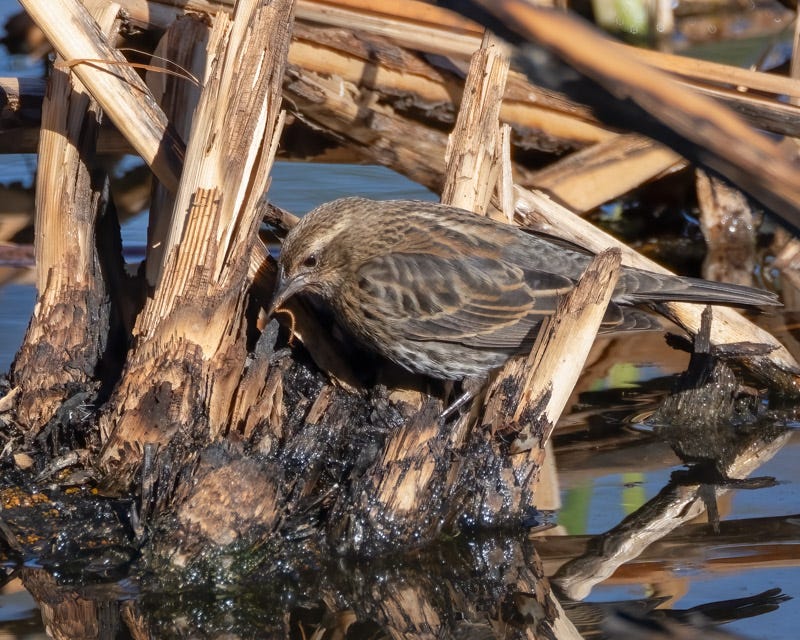
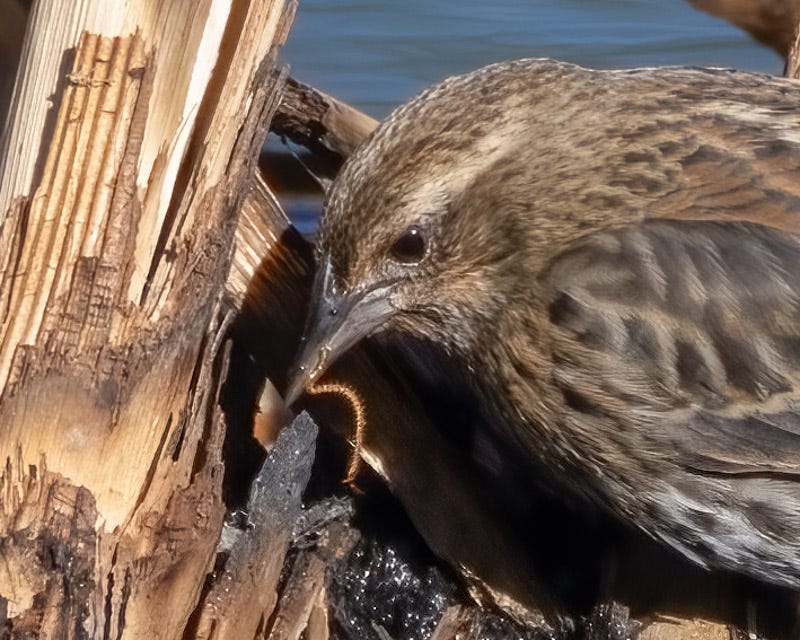
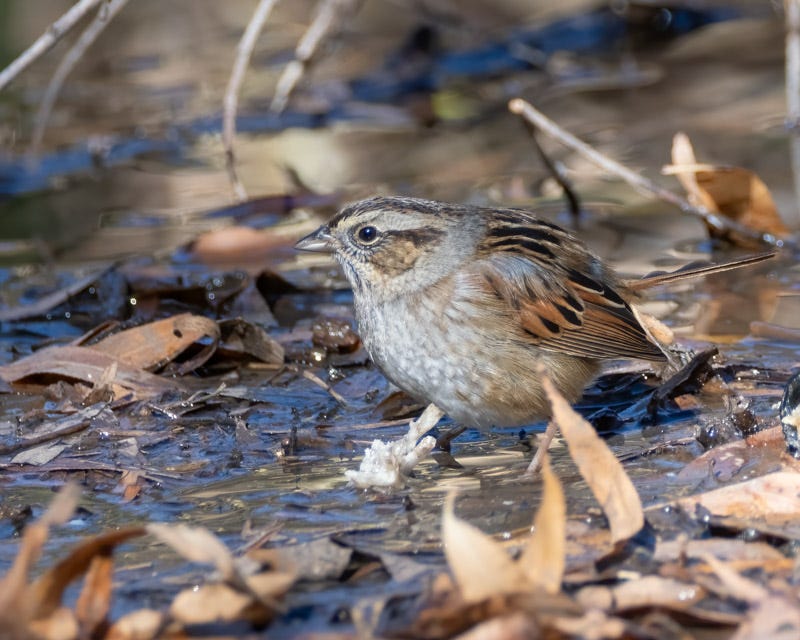
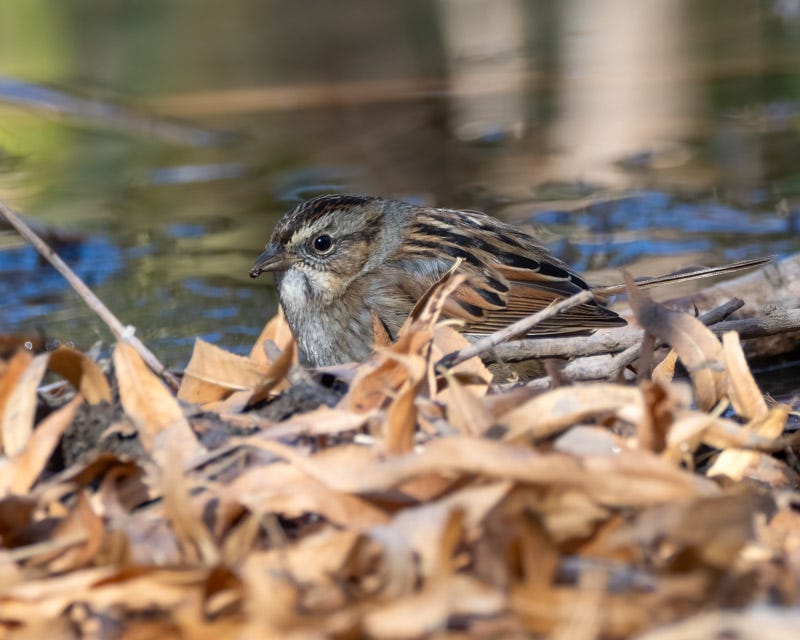

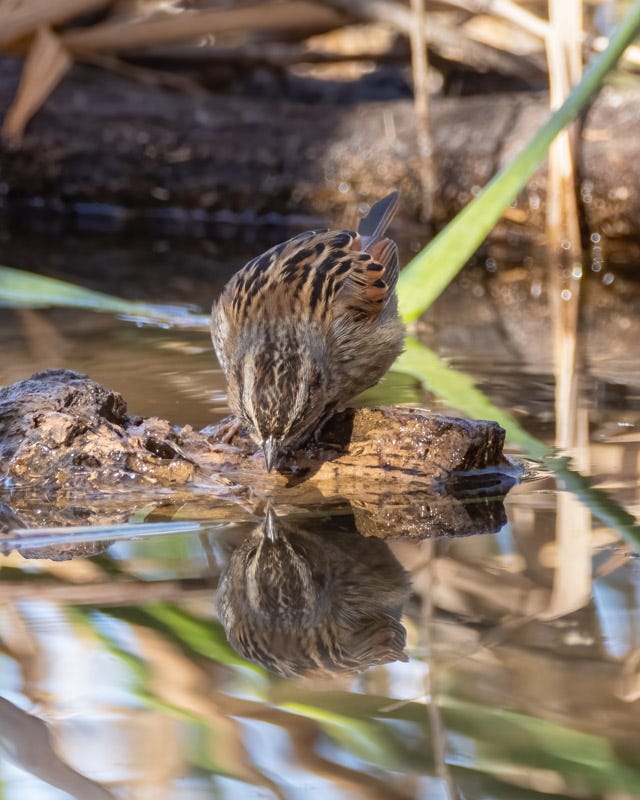
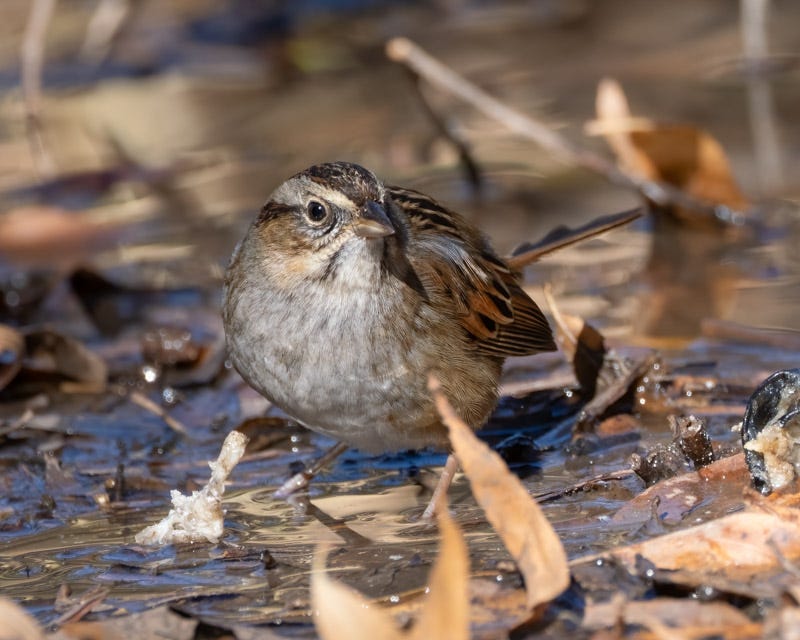

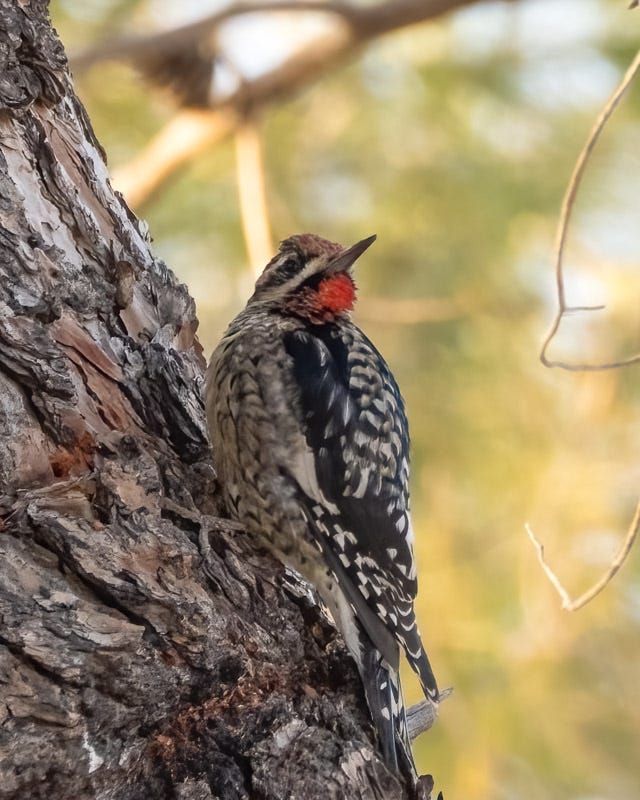



Very special! Images, stories, and birds. Thank you.
I appreciate all the time you put into this, Dan.